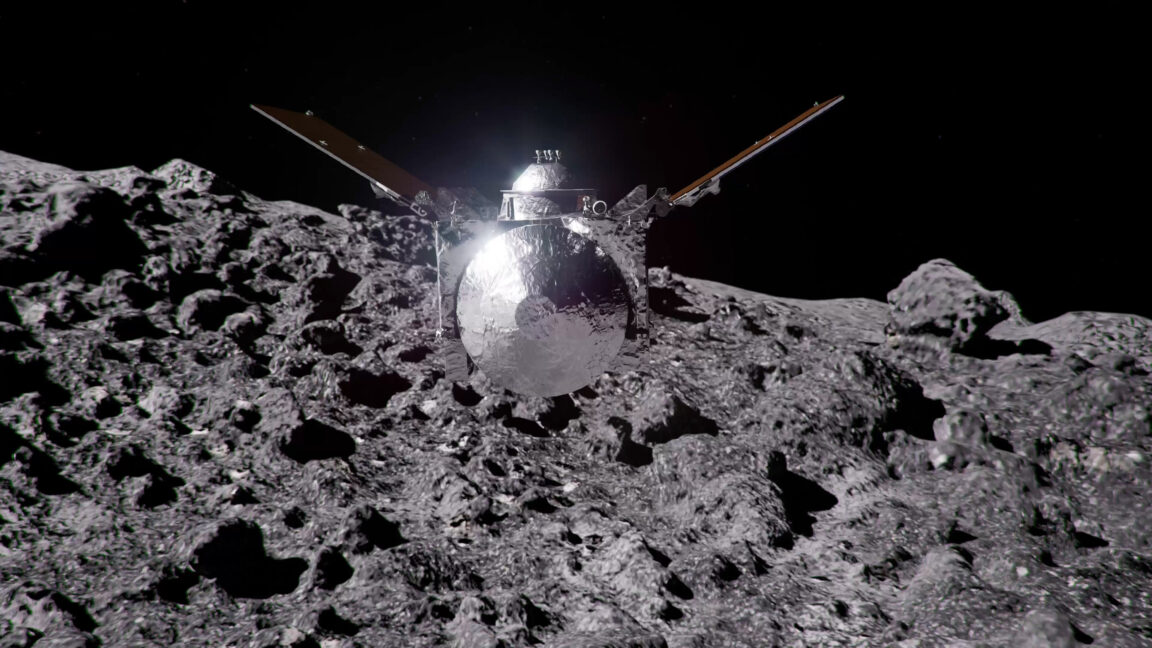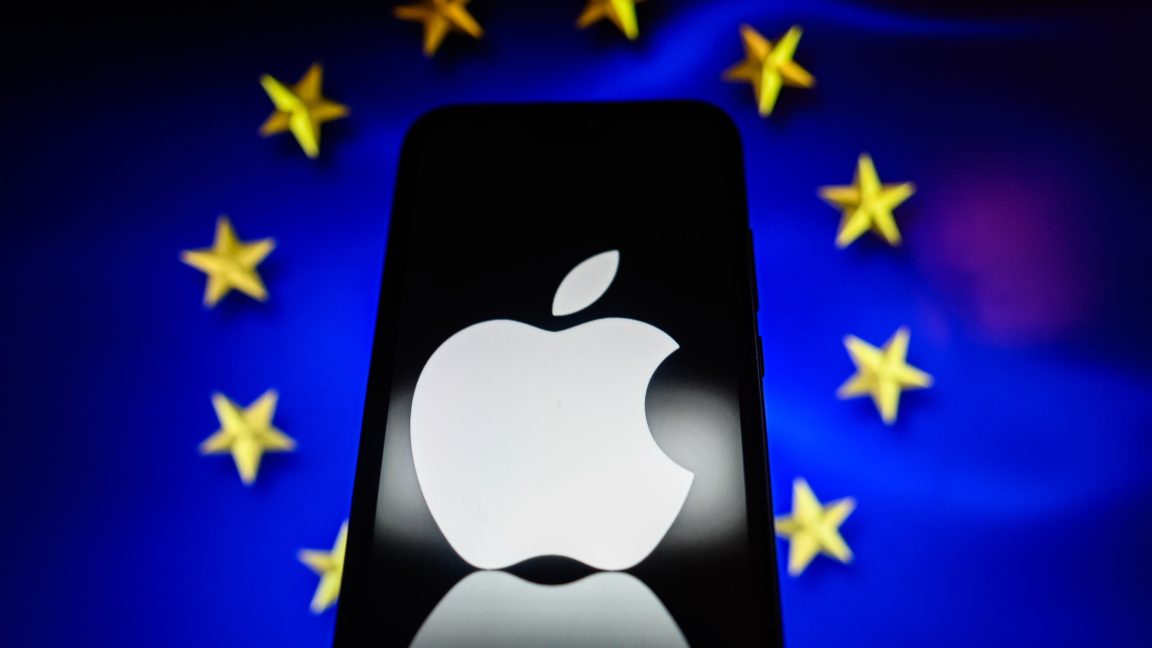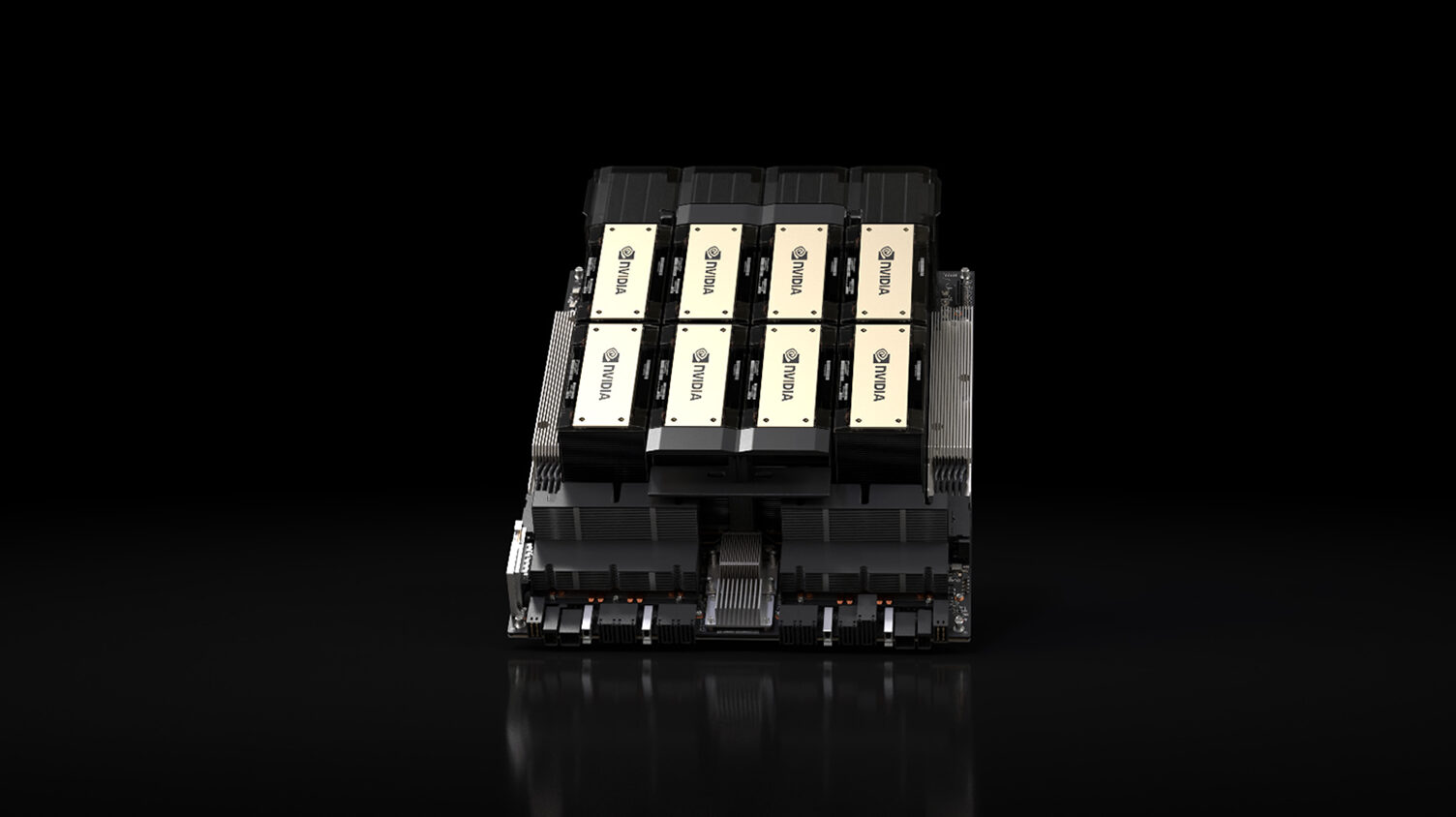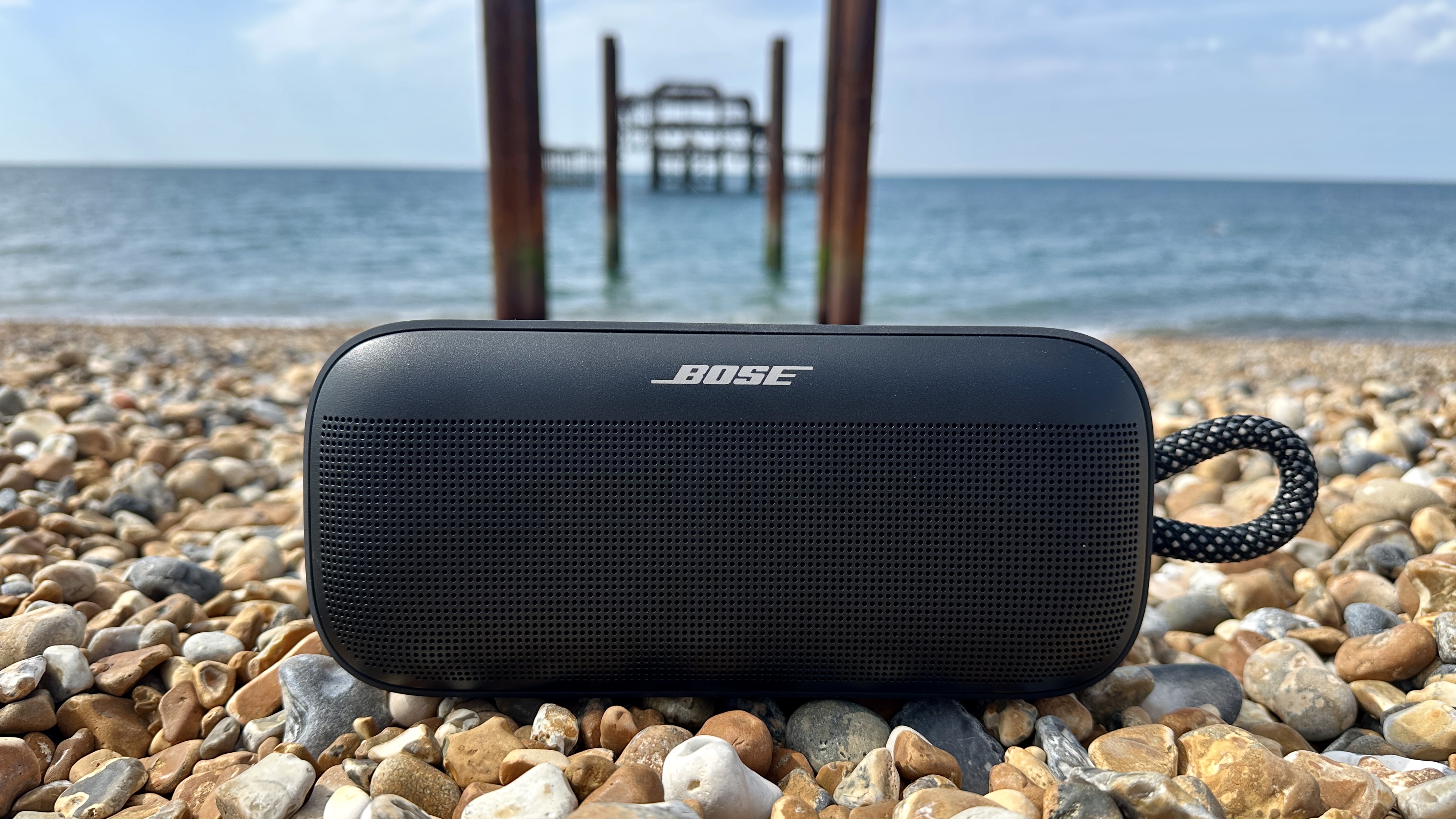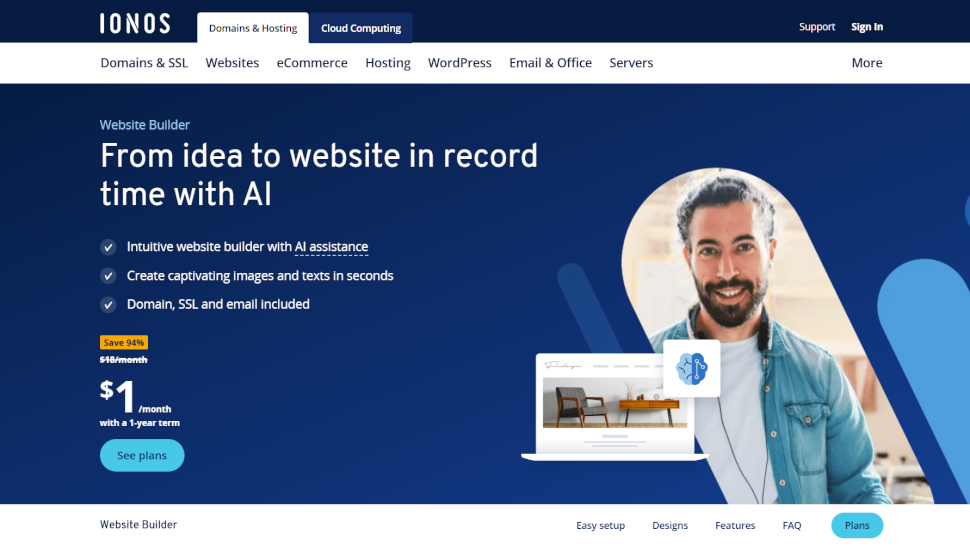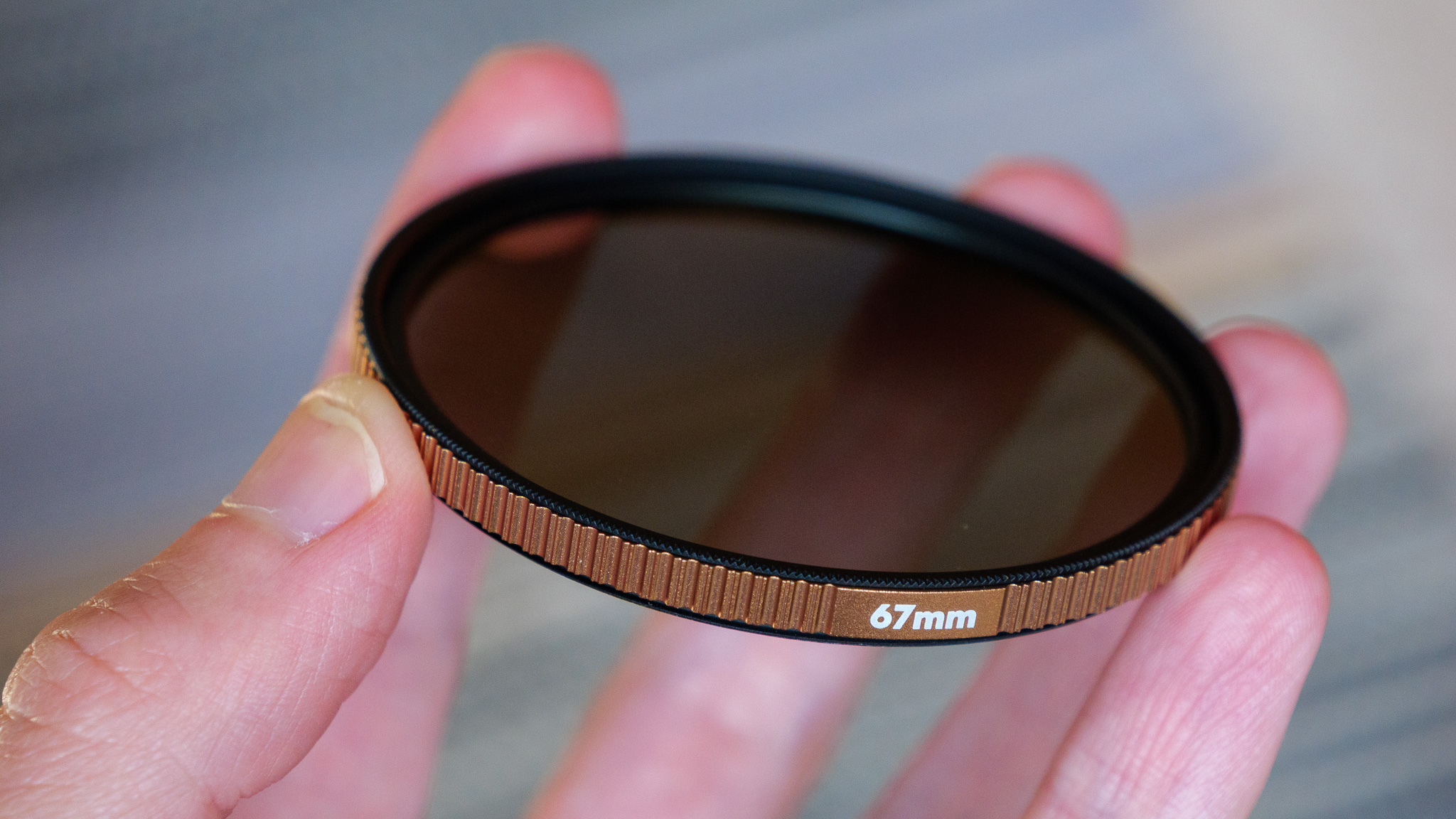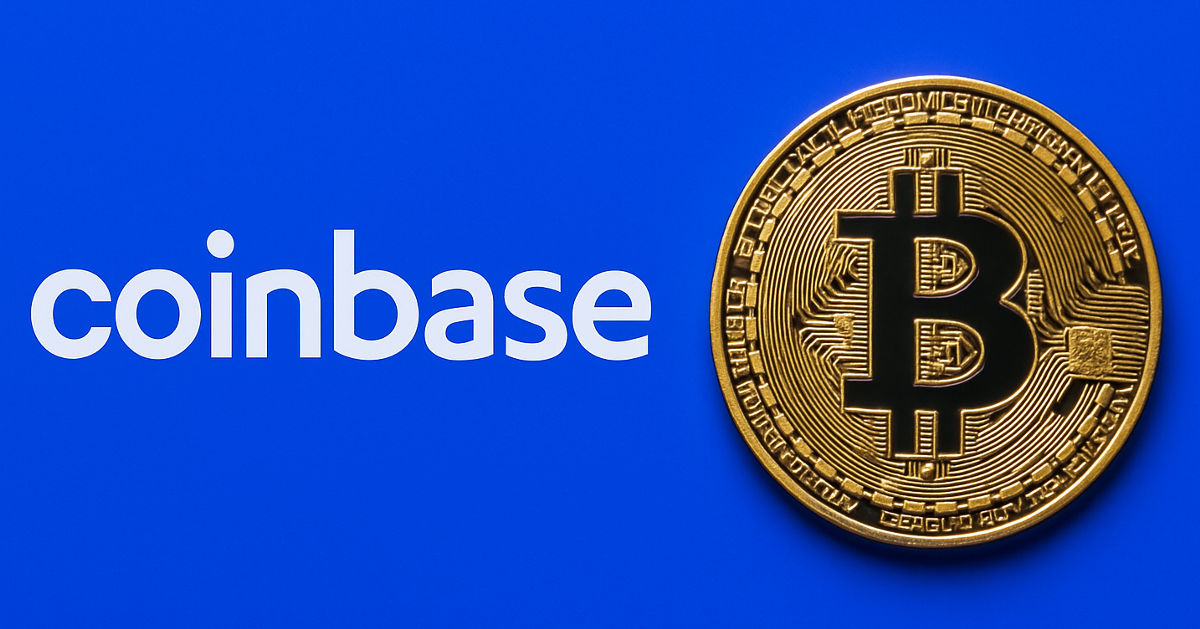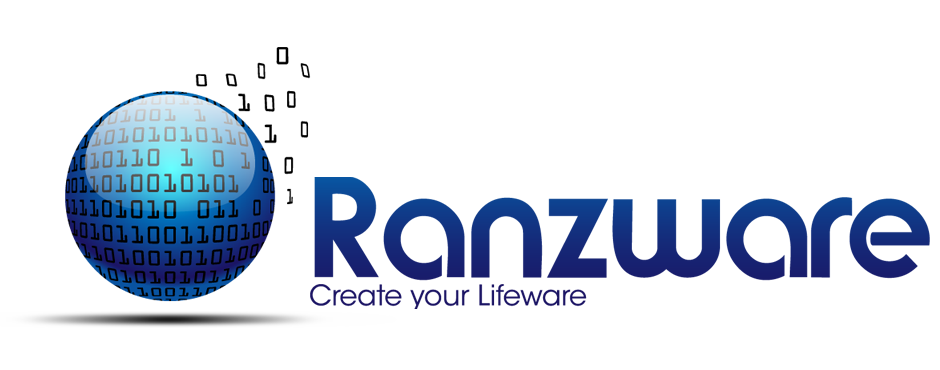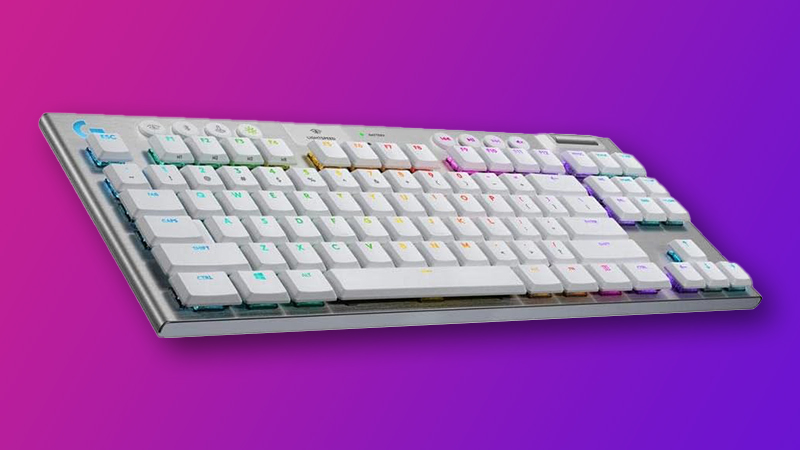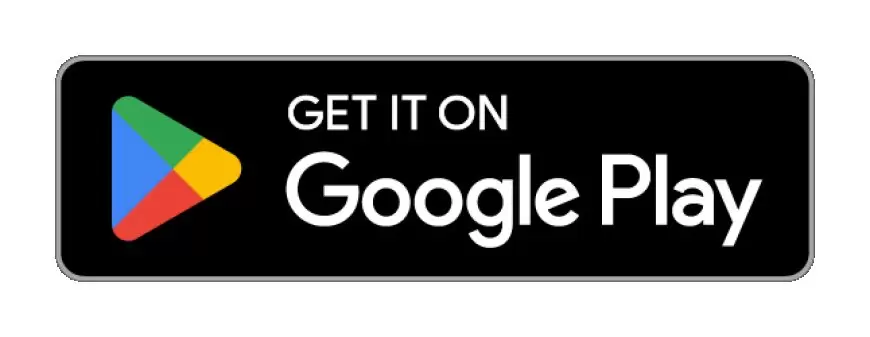Some employers won't like this: the most productive staff are working shorter sprints and taking longer breaks
New data claims the most productive employees work in 75-minute bursts with 33-minute breaks.
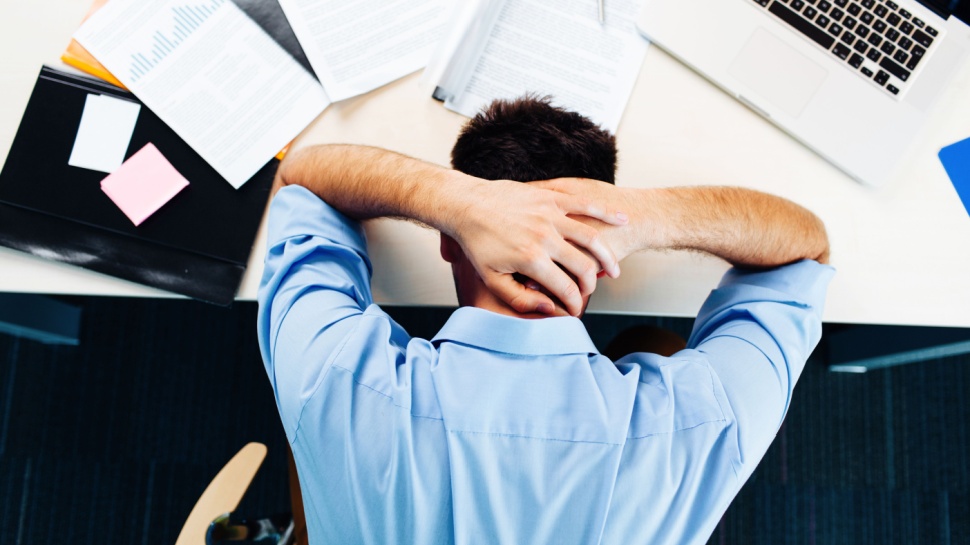
- The most productive people now rest for nearly two and a half hours in an eight-hour day, report claims
- In-office work may naturally support better mental recovery
- DeskTime’s productivity metric is role-specific, which brings in subjectivity
The long-held belief that working longer hours leads to higher productivity is facing increasing scrutiny, after new research claimed quite the opposite.
A new study by DeskTime challenges this conventional wisdom, revealing shorter work sessions combined with longer breaks may correlate with higher levels of output.
The study found the most productive employees now follow a 75/33 work-to-rest ratio, working for 75 minutes followed by a 33-minute break. This represents a significant increase in rest time compared to DeskTime’s original 52/17 ratio reported a decade ago.
Productivity is subjective, not universal
This means that in an 8-hour workday, current-day productive employees will need about two hours and twenty-seven minutes (147 minutes) of rest.
The rest time is higher than the 118 minutes given to productive employees for the same workday ten years ago.
This revelation may not sit well with employers who equate productivity with endurance rather than efficiency. However, the shift to a 75/33 cycle in 2025 may reflect how hybrid or in-office work fosters more balanced work habits.
“When DeskTime conducted the work/break ratio study back in 2021, we saw that working from home had immensely impacted workers’ ability to draw a line between work and life,” said Artis Rozentals, CEO of DeskTime.
“Now, our latest productivity research shows we’re returning to more balanced working habits. Given the prevalence of hybrid work, the new 75/33 ratio may be linked to working in-office again.”
Indeed, in-office work naturally introduces more breaks through informal interactions and social moments. These may appear counterproductive on the surface, but could be essential for mental rejuvenation.
“The hybrid model is the Goldilocks choice, as it best leverages both the in-office social dynamic and the deep focus afforded by remote work,” Rozentals added.
As a result, companies using employee monitoring software may need to reconsider how they define “productive behavior.”
To identify top performers, DeskTime analyzed the top 10% of users with the highest ratio of time spent in productive applications. This group - comprising 6,000 individuals - served as the benchmark for the study’s findings.
Unlike many metrics that rely on generalized definitions, DeskTime’s approach to productivity is more tailored. The software allows users to define which applications are considered productive based on their specific roles.
However, since the data is based on software-tracked activity, it raises questions about the nuances such tools may overlook.
Platforms that offer quantitative insights, like task management platforms, often fail to capture the full picture, especially when so-called “idle” time includes thinking, strategizing, or informal collaboration.
You might also like
- These are the best AI website builders around
- Take a look at our guide to the best freelance websites
- AI powering a “dramatic surge” in cyberthreats as automated scans hit 36,000 per second
